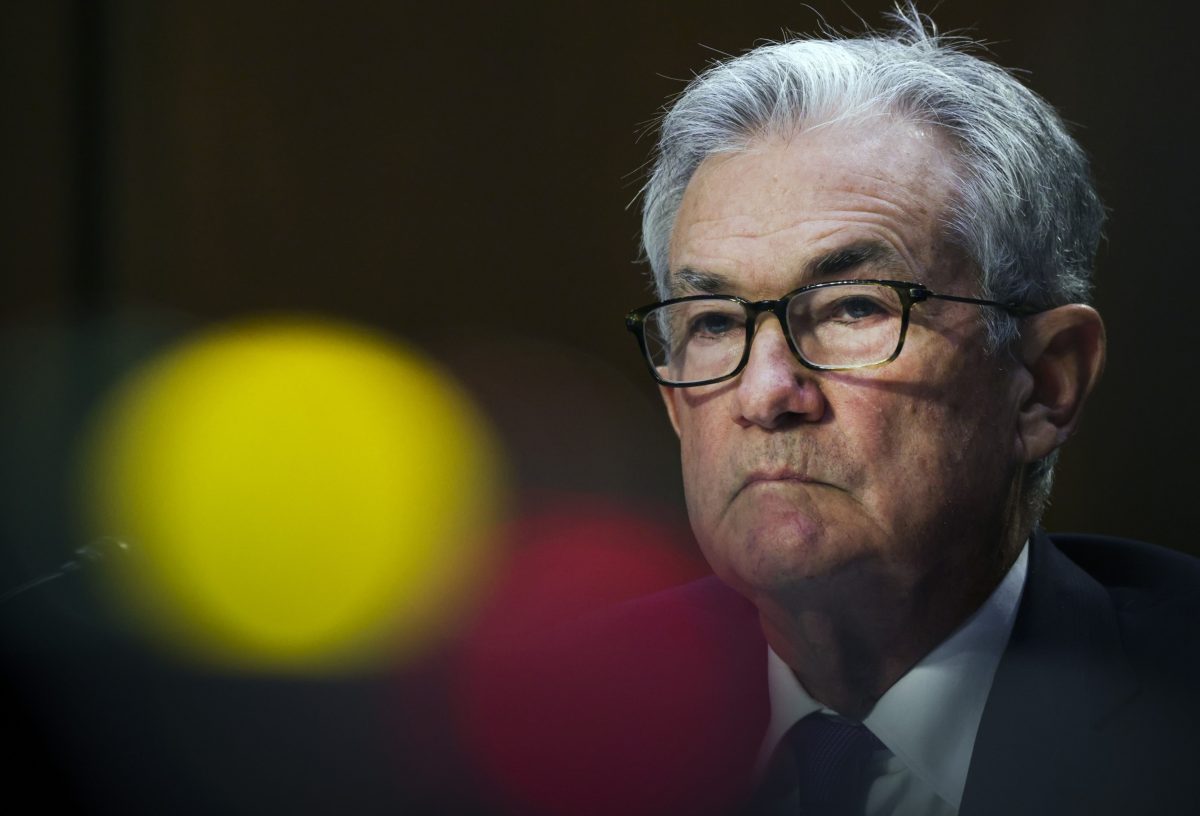The already low level of interest rates in the United States and the rest of the industrial world could fall further, three senior central bankers said on Sunday.
Speaking at the American Economic Association's annual meeting, Federal Reserve Bank of New York President John Williams, European Central Bank (ECB) chief economist Philip Lane, and Bank of England Deputy Governor Ben Broadbent all saw a possibility that so-called "R-star"—the neutral level of interest rates that neither spurs nor restricts growth in their economies—might drop in the future.
"You could see R-star go lower because of demographics," Williams told the audience in San Diego.
Estimates of R-star vary widely. U.S. Federal Reserve policymakers generally peg it at about 2.5 percent for the short-term federal funds rate that the U.S. central bank targets. The neutral rate in the Eurozone and Japan is commonly thought to be lower.
A variety of structural forces—aging populations and sluggish productivity growth, among them—are reckoned to have been pushing down the neutral rate in industrial countries for years. That "doesn't rule out a scenario where it gets even lower," Lane said.
While admitting that's possible, Broadbent voiced hope that equilibrium rates would rise back to levels that have prevailed historically. "I do hope that over the next decade or two" that might happen, he said.
Williams, who's spent much of his career studying the concept of R-star, cast some doubt over that optimistic view. "There are many stages of grief" experienced by economists and policymakers who've been forced over the years to grudgingly accept the downward trend in interest rates, Williams said.
© 2025 ALM Global, LLC, All Rights Reserved. Request academic re-use from www.copyright.com. All other uses, submit a request to [email protected]. For more information visit Asset & Logo Licensing.




